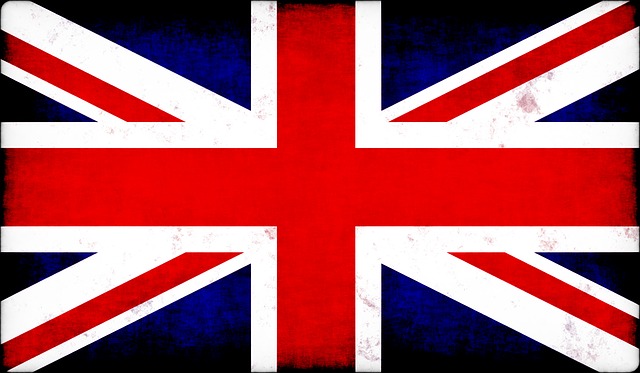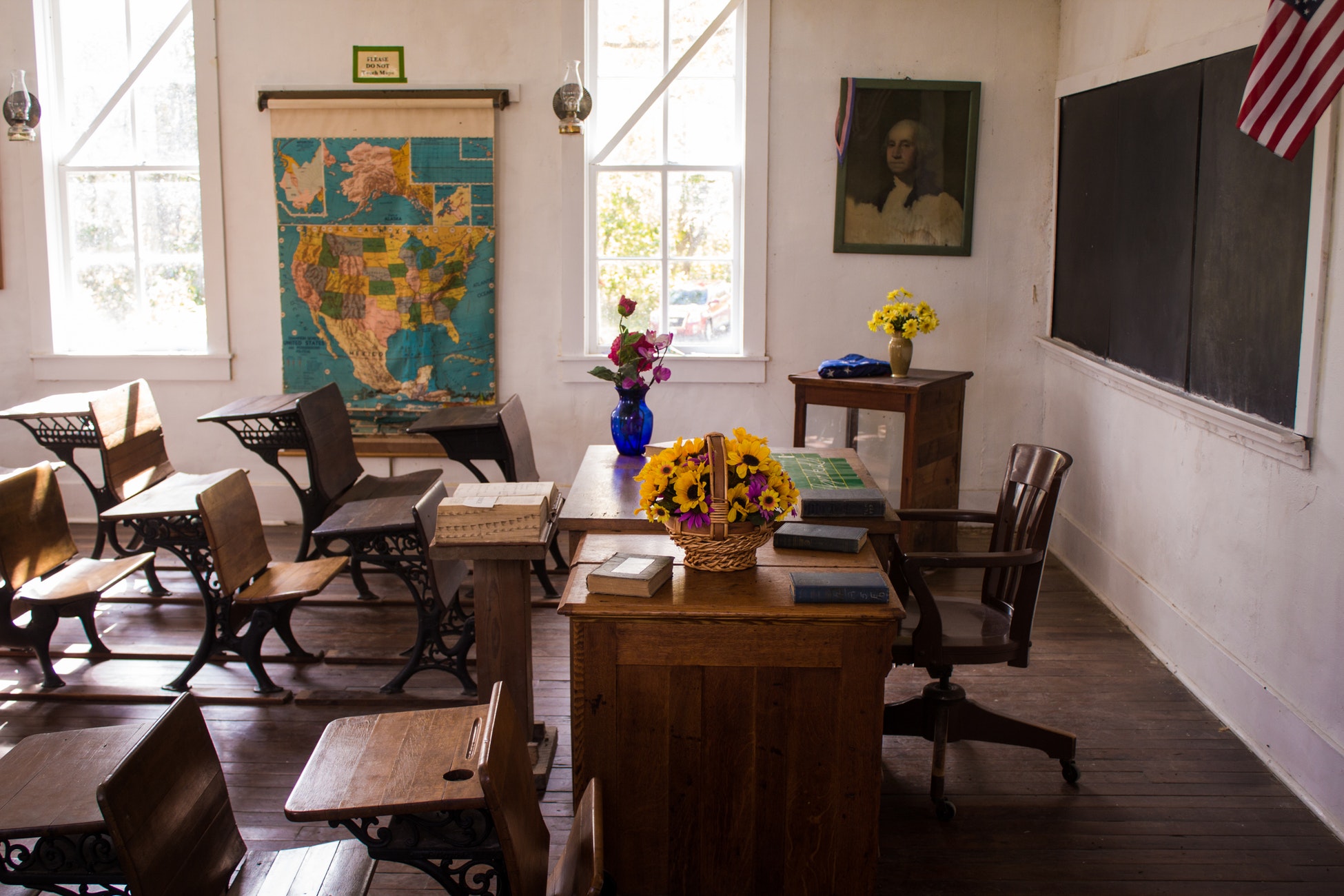Students who committed deadly school attacks in the U.S. are found to be badly bullied and with a history of disciplinary misconduct.
Cases of U.S school attacks
According to a U.S. Secret Service study, most students that were involved in deadly school attacks in U.S. soil were victims of bullying and with a history of disciplinary misconduct.
In recent years, at least four cases involve attackers who wanted to emulate what has happened during the 1999 school shooting at Columbine High School in Colorado. The U.S. Secret Service then assigned an investigation body following the shooting incident at Marjory Stoneman Douglas High School.
After the Columbine shooting incident in 1999, the Secret Service National Threat Assessment Center was created. The group was tasked to provide a comprehensive review of school attacks made in U.S. soil.
There were 41 attacks reported from 2008 to 2017, the group was given all the access to very sensitive data related to the incidents, from police reports, federal investigation files, school records, and related medical records.
Secret Service uses the gathered information to train school officials in identifying students with the potential of plotting a school attack and stop them before they strike.
According to Lina Alathari, head of the investigative team,
The majority of these incidents are preventable.
These are not sudden, impulsive acts where a student suddenly attacks without any noticeable signs.
Parents of the victims of school attacks have called on to school officials to pay attention to the research.
Please learn from our experience. It happened to us, it could happen to you and your community, too
Here are some key insights from the Secret Service Assessment team, these are analyzed data gathered from 41 incidents that happened from 2008 to 2017:
- Gender: Most attackers are male; Seven were female
- Age: mostly young adults, seventh graders to seniors
- Race: 63 percent of the attackers are white; 15 percent were black; five percent were Hispanic; two percent were American Indian
- Weapons used: mostly guns but there were also case when knives were used. weapons used came from the attacker’s home.
Agent Alathari confirmed that there is no clear profile to single-out any attacker, but some information stands out, like: frequent absences before the attack, poor treatment from peers or classmates, feeling of being mistreated, suicidal, and victims of physical or online bullying. Most of them imagined they are characters from video games and violence oriented videos found online.
Alathari believes that with the report in hand, it will help schools to assess student behaviors and detect noticeable behaviors that may lead to another attack.
Feature image by Westword.com







